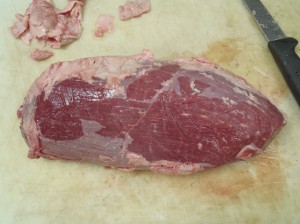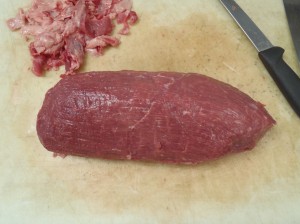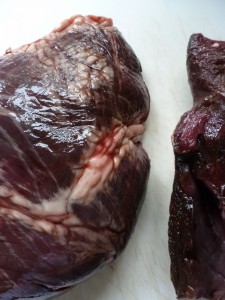 For me, the most shocking part of buying a side of beef was how much liver we got.
For me, the most shocking part of buying a side of beef was how much liver we got.
A lot. I like liver more than most, and I thought it was too much.
If you have to get through a lot of liver, there’s no better way than to just sear it in a pan and tuck in. When the distinct, glandular texture of liver wearies the palate, there are liver dumplings.
This was a staple when I was in Austria. Lunch always consisted of soup, meat, and dessert, and the soup often contained some manner of offal. Most notable were the soft, bready liver dumplings the size of a toddler’s fist, floating in beef broth.
The biggest problem with … Continue reading.


